King Edward Lodge No. 16
King Edward Lodge enjoyed a significant rate of growth in the 1920’s. Membership grew from twenty-five in 1919 to fifty-three in 1929. Fifteen candidates were raised in the first three years of the decade. In 1920 nineteen Communications were held with twenty-two Degrees conferred. Seven Master Masons were raised. W.Bro. D.P. MacNutt was Worshipful Master. Twenty-one Degrees were conferred in the following year with W.Bro. George Riley as Worshipful Master.
Bro. J. Thomas Mountain was made a Master Mason in 1921. He was a seaman and the Lodge received a Dispensation on February 1 to confer the Degrees in less time than normal. Bro. Morrison contacted the Lodge in February 1922 from St. John’s, Newfoundland to determine the dues that he owed. He spent twenty-five years at sea. On one occasion his ship was torpedoed causing him to lose his Masonic Apron and Ring. After receiving his Fifty-Year Jewel in 1972, Bro. Morrison wrote to his Lodge recalling his first Masonic instruction from Bro. Hartwell Crozier and the Grip and Word of a Master Mason from W.Bro. George Riley in 1921. Bro. Mountain’s story suggests that the influence of Freemasonry on one’s life may not always be measured by the number of Communications that are attended.
Electric lights were installed in the Lodge Room in 1920. The power was undoubtedly supplied by a generating plant at the local firm of Peter MacNutt and Sons since rural electrification did not come to the Malpeque area until the mid-1950’s. (Owen, unpaged) The cost for installation of the lights was $30.75. (Minutes, December 6, 1920)
In the beginning the Lodge elected its Officers in December and installed them on St. John’s Night. The Bye-Laws were amended in 1945 to provide for election in September and Installation in October. The last Worshipful Master installed on St. John’s Night was W.Bro. William E. Donald who now resides in Clinton View Lodge and whose Masonic Career spans seventy-three years. In the early years it was common to exemplify the Entered Apprentice Degree at the first Regular Communication in January for the benefit of the newly-installed Officers.
Prior to 1945 the St. John’s Night Celebrations usually included a goose supper. Four geese were purchased at a cost of $12 for the final supper in 1944. On an earlier occasion the Entertainment Committee was instructed to purchase a roast of beef if the geese could not be purchased for 10¢ per pound. (Minutes, December 5, 1932)
The changes in the Bye-Laws in 1945 ended the tradition of a St. John’s Night goose supper. The Annual Supper was changed to earlier in the autumn although for more than a decade thereafter the Brethren referred to the social evening/supper as the ‘St. John’s Night Celebration.’








